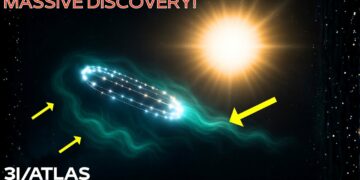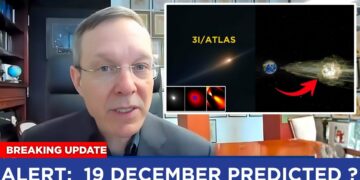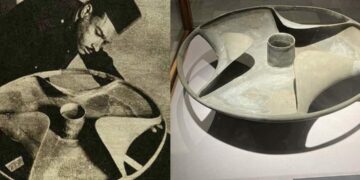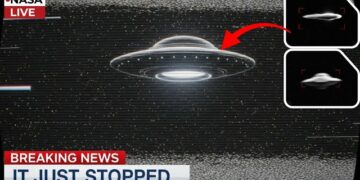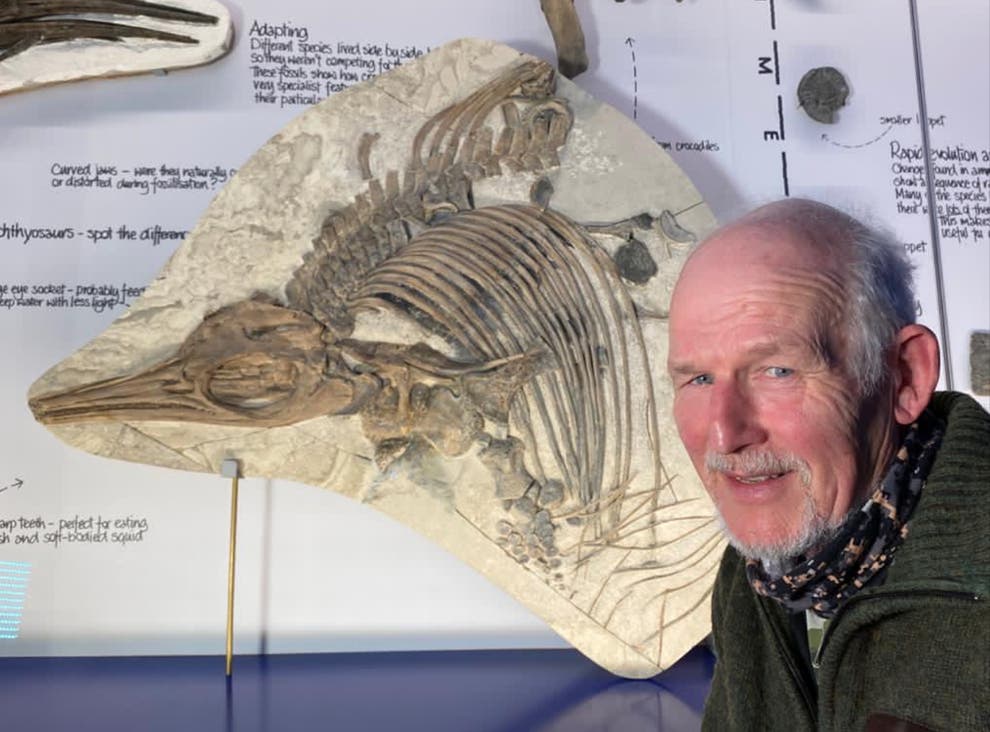The Soviet Union led the Space Race with groundbreaking achievements, including the first artificial satellite, Sputnik, the first animal in orbit, and the first woman in space, Valentina Tereshkova, in 1963. While NASA’s Apollo 11 mission landed the first man on the moon, the Soviets were pioneers in lunar exploration and achieved another feat: sending a spacecraft to Venus’s atmosphere. Amid these triumphs, a Soviet cosmonaut revealed shocking secrets before his death, unveiling hidden truths about the cosmos.
The Venera Missions: Conquering Venus
Venus, with its 900°F surface temperature, sulfuric acid rain, and 92 times Earth’s atmospheric pressure, posed immense challenges. Despite early failures, the Soviet Venera program succeeded with Venera 4 in 1967, which landed on Venus and transmitted data for 90 minutes before melting. It revealed Venus’s atmosphere lacked oxygen and water, consisting mainly of carbon dioxide, with no magnetic field. Subsequent missions (Venera 5–12, 1969–1978) gathered extensive data, with Venera 9–12 capturing clear images despite Venus’s harsh conditions. However, the Soviets kept these photos and other findings secret.
The Mars Missions: Rovers and Mysteries
Inspired by Venus’s success, the Soviets targeted Mars with missions from 1960 to 1973. Mars 2 (1971) crashed, but Mars 3 achieved the first soft landing on Mars, deploying the Prop-M Rover—a 5kg autonomous robot with skis for navigating rugged terrain. Connected by a 15-meter cable, it analyzed Martian soil but lasted only 20 seconds. Mars 3 transmitted for 15 seconds before going silent, possibly due to a dust storm, though some speculate alien interference. The Soviets hid the rover’s existence until 1990. In 2005, NASA’s Mars Reconnaissance Orbiter found Mars 3’s debris, confirming the mission’s authenticity and fostering U.S.-Soviet collaboration.
A Cosmonaut’s UFO Revelation
In 2020, cosmonaut Ivan Vagner, while orbiting Earth on the International Space Station, recorded the Aurora Australis. His video captured four or five bright objects moving in formation, visible for 52 seconds in real-time. Vagner believed they were UFOs, sparking widespread debate. The ISS never commented, leaving the incident a mystery. This event, alongside allegations of withheld data, suggests space agencies may conceal cosmic discoveries.
Hidden Truths and Alien Speculation
The Venera 13 mission (1982) detected organic molecules on Venus, hinting at possible biological life. The Soviets’ secrecy about Venus and Mars missions fuels speculation about encounters with extraterrestrial entities. While dust storms likely caused Mars 3’s failure, the abrupt loss of contact and unshared data raise questions. These revelations challenge our understanding of the cosmos and highlight the uncertainties of space exploration, where mishaps drive technological evolution.
The Soviet cosmonaut’s disclosures underscore how much remains hidden. Whether about aliens or cosmic phenomena, the full truth about these missions may emerge in time, reshaping our knowledge of the universe.


